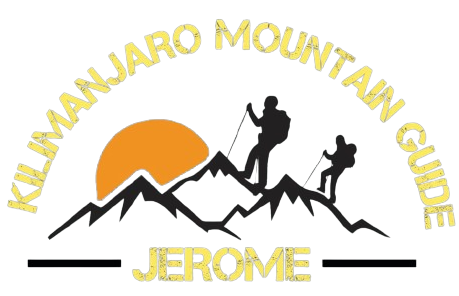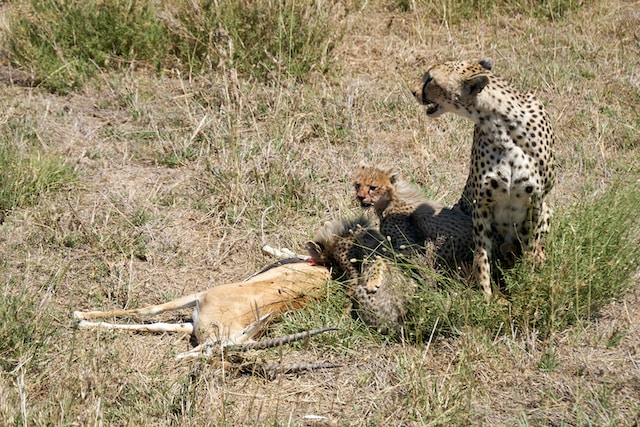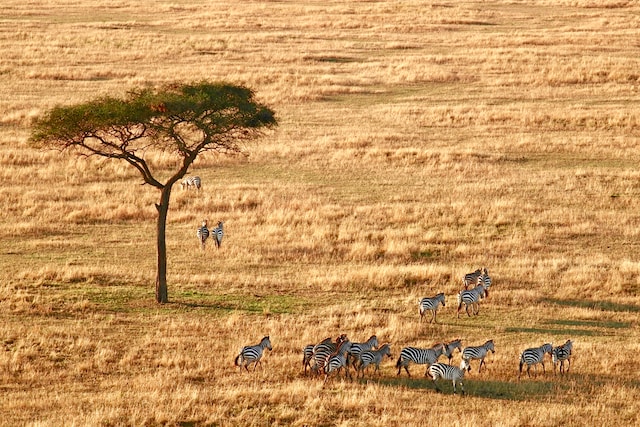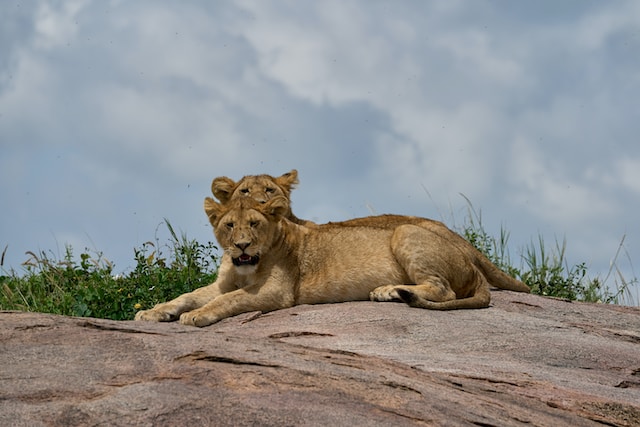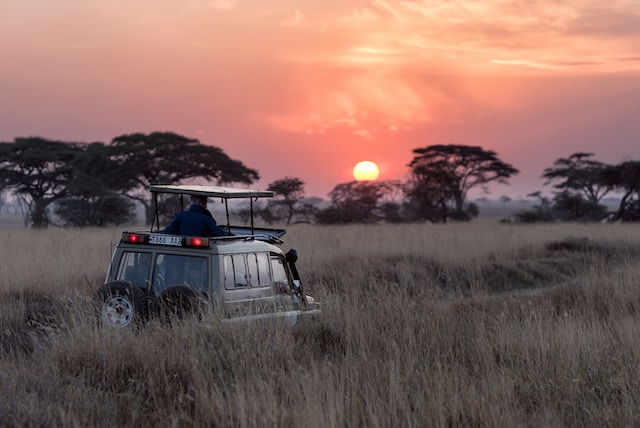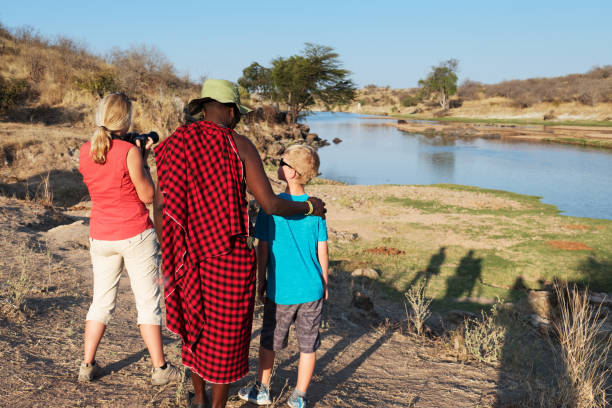- Home
- Safaris
- Tanzania Lodge Safari
- Tanzania Camping Safari
- Serengeti Migration Safari
- Tanzania Family Safari
- Tanzania Honeymoon Safari
- Tanzania Walking Safari
- Best Tanzania Day Trips
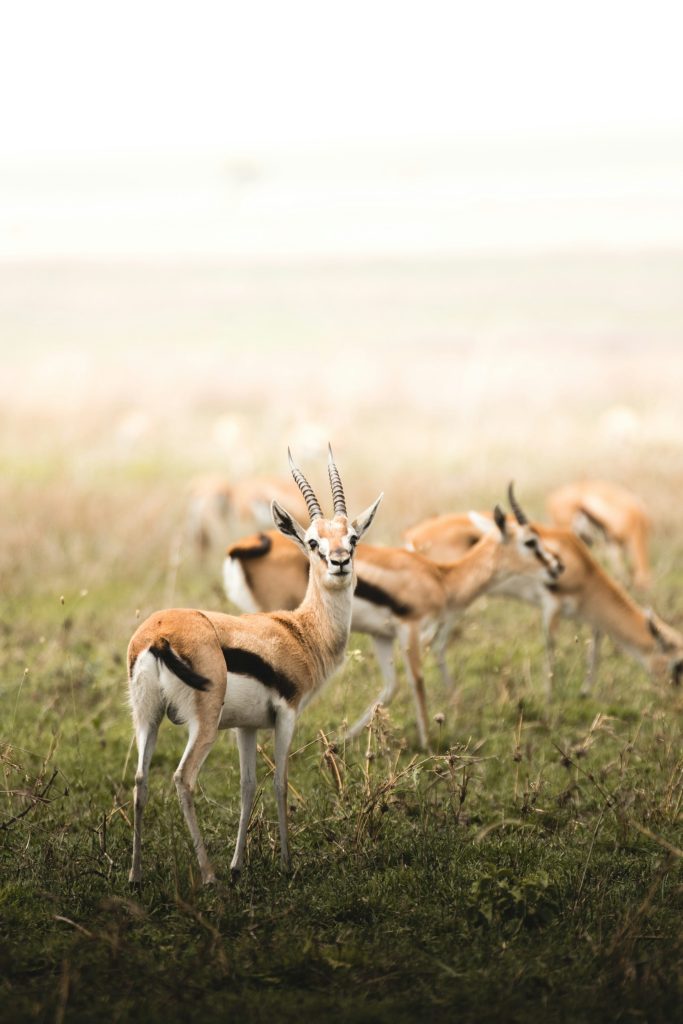
- Kilimanjaro
Kilimanjaro Packages
- Machame Route 6 Days
- Machame Route 7 Days
- Marangu Route 6 Days
- Lemosho Route 7 Days
- Lemosho Route 8 Days
- Rongai Route 7 Days
- Northern Route 9 Days
- Kilimanjaro Joining Group Dates
- Kilimanjaro Full Moon Climbs
Kilimanjaro Tips
- Zanzibar
- About us
Climate zones of Kilimanjaro
With six distinct climate zones, from lush green rainforest to dry and rocky desert, and the final ascent to the snowy, icy peak, Mount Kilimanjaro is truly a natural phenomenon.
Some people compare climbing Mount Kilimanjaro to reaching Antarctica from the equator in a few days. Temperatures can vary greatly depending on altitude and time of day. Likewise, precipitation can range from dry to wet to humid.
Kilimanjaro has six different climate zones. Each area has its own unique weather patterns. Generally speaking, rainfall and temperature decrease in each area as elevation increases. Let’s take a closer look at these six areas.

Kilimanjaro Climate Zones, Flora and Fauna.

Zone 1 – Cultivated Areas
Cultivated Areas is largely used for agriculture. It consists of rich soils that support crops and grasslands. This vegetation replaces the natural bush and lowland forest of the lower elevations.
- Range: 2,600 to 6,000 ft (792 to 1,800 m)
- Temperature Range: Days: 70-90 F / 21-32 C
- Nights: 40-60 F /4-15 C

Zone 2 – Rain Forest (Montane Forest)
Zone 2 consists of a number of different tree species. The branches of the trees interlock to form a canopy. The vegetation below consists mainly of mosses, lichens, ferns, and orchids. Shortly upon entering this zone, climbers will observe a layer of cloud that blankets the forest for most of the day.
- Range: 6,000 to 9,200 ft (1,800 to 2,800 m)
- Temperature Range: Days: 70-90F / 21-32C
- Nights: 40-60 F /4-15 C

Zone 3 – Heath
Zone 3 sees lower precipitation which results in sparser vegetation. Despite the lower precipitation, this zone is typically covered by heavy mists. The area itself is marked by rolling meadows, heath plants, and many small wild flowers.
- Range: 9,200 to 11,000 ft (2,800 to 3,350 m)
- Temperature Range: Days: 50-80F / 10-27C
- Nights: 30-60 F /(-1)-15 C

Zone 4 – Moorland
Zone 4 is significantly drier than the previous zone. The area also experiences large temperature fluctuations. After warm days, freezing temperatures can occur at night. Climbers passing through this area will be rewarded with beautiful views of the massive surface.
- Range: 11,000 to 13,200 ft (3,350 to 4,020 m)
- Temperature Range: Days: 40-80F / 4-27C
- Nights: 30-50 F /(-1)-10 C

Zone 5 – Alpine Desert
Zone 5 is rather harsh, dry, and windy. It consists of mostly bare rock and ice. The air is noticeably very thin. Water is scarce, and the zone’s thin soils retain little of what does materialize. A few plants, including lichens and small mosses, have adapted to survive the elements.
- Range: 13,200 to 16,500 ft (4,020 to 5,030 m)
- Temperature: Days: Days: 10-60F / (-12) -15C
- Nights:10-40 F /(-12)-4 C

Zone 6 – Arctic Zone (Summit)
Zone 6 is characterized by scorching sun during the day and cold and cold nights. The oxygen content is about half that at sea level. Precipitation is low. If it does occur, it’s usually snow. The area is covered with rapidly disappearing glaciers.
- Range: 16,500 to 19,340 ft (5,030 to 5,895 m)
- Temperature: Days: 10-40F / (-12) -4C
- Nights:Nights: -15-20F /(-26)-(-7)C
Let's plan your trip Today
Enquire now and a Travel expert will get back to you within 24 hours.
